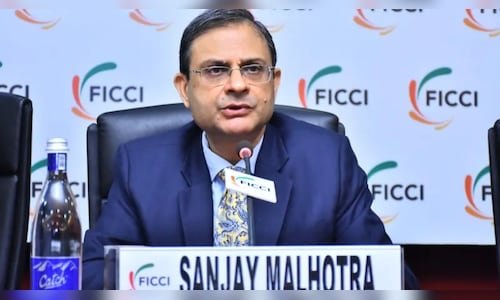While gross non-performing assets (GNPAs) declined to a 12-year low of 2.6%, the survey highlighted growing concerns over slippages in unsecured personal loans and credit card defaults.
As of September 2024, 51.9% of new NPAs in retail loans came from the unsecured segment, raising concerns over financial stability. The Reserve Bank of India’s (RBI) Financial Stability Report (FSR), December 2024 also pointed out that nearly half of borrowers with personal loans and credit card debt also hold larger secured loans, such as home or vehicle loans, increasing their vulnerability to credit stress.
RBI measures fail to slow unsecured loan growth
In a bid to curb rapidly growing excessive lending, the RBI raised risk weights on unsecured retail loans by 25 basis points in November 2023. However, this segment continues to expand, with housing loans remaining the biggest driver of overall credit growth.
The survey also noted a widening credit-deposit gap, as credit growth outpaces deposit mobilisation. While loan growth remains strong, it has moderated recently due to a high base effect and regulatory interventions in fast-growing segments.
Banks maintain strong financial position
Despite concerns in unsecured lending, the overall financial sector remains stable. The capital-to-risk-weighted assets ratio (CRAR) of scheduled commercial banks (SCBs) stood at 16.7% as of September 2024, well above regulatory requirements.

SCBs’ profit after tax (PAT) grew 22.2% year-on-year in H1 FY25, driven by strong operational performance. Return on equity (RoE) and return on assets (RoA) also showed steady improvement.
The survey noted that stress tests suggest banks are well-positioned to withstand economic shocks while maintaining adequate capital buffers.
Economic Survey: US market risks cannot be ignored despite retail resilience
The survey cautioned that volatility in global markets remains a key risk, with any correction in the US stock market potentially affecting global financial conditions, including India.
It emphasised the need for close monitoring of international trends, as external disruptions could impact currency stability, inflation, and capital flows into India.



